In Conversation With the Cabinetry Artists at Plain English
Translation missing: en.blogs.article.author_on_date_html
Living
In Conversation With the Cabinetry Artists at Plain English
May 27, 2022
Too often, the point of an interior project when storage comes into consideration elicits a general ambivalence—the specialists at Plain English are here to change that for good. With designs intended to give utility the moment it deserves, Plain English creates inspired storage solutions that foster a harmony and ease of living that simply cannot be overlooked. It’s no wonder we asked them to take on all the cabinetry at the Jenni Kayne Ranch—and we’d be remiss to not share the insights garnered from our recent conversation. Whether you’re in need of a few simple storage updates or looking to revamp your entire interior, Plain English’s Design Director, Imogen Pritchard, has the answers for storage that spares no amount of style.
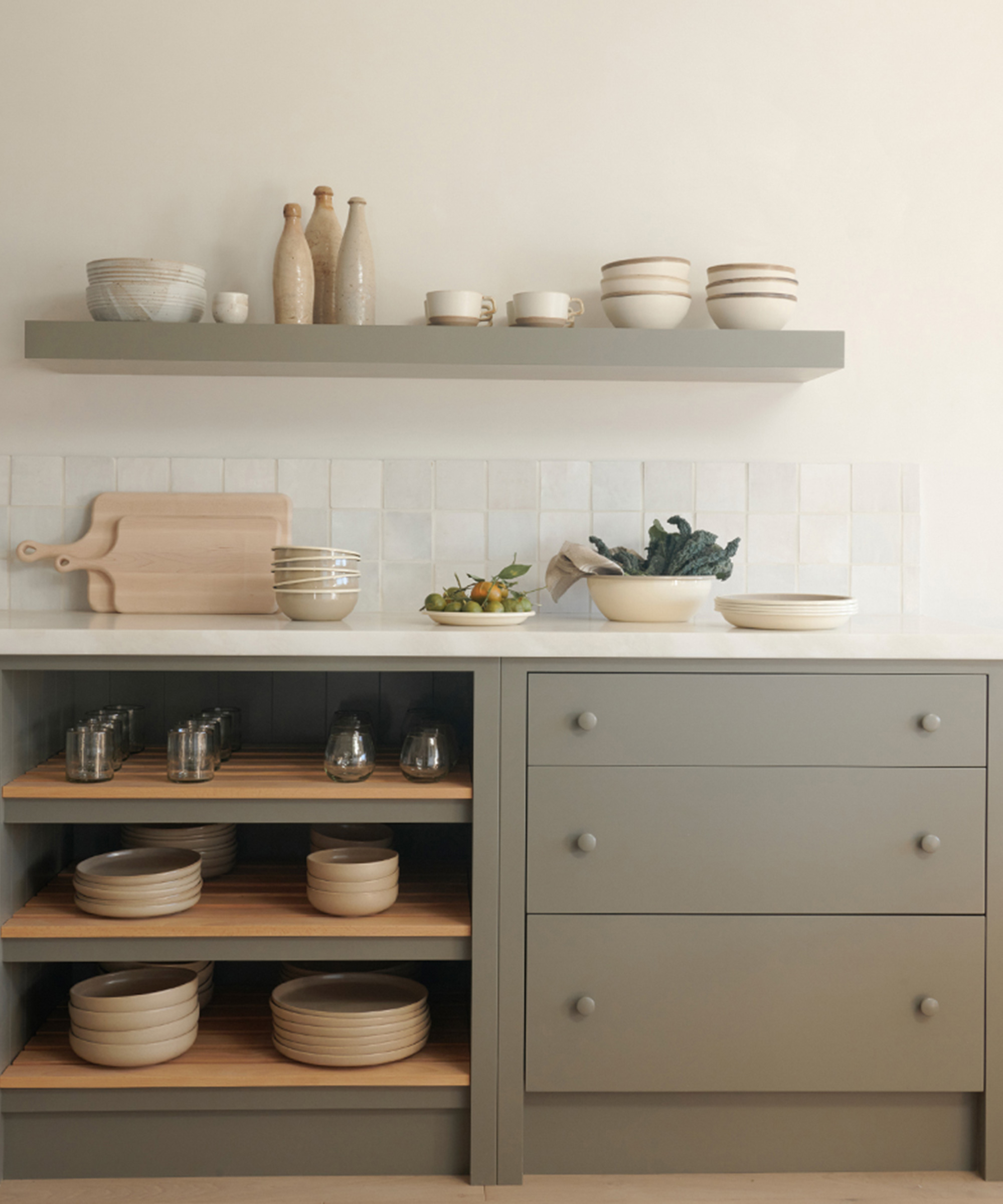
In Conversation With the Cabinetry Artists at Plain English
Rip & Tan: Plain English creates cabinetry in service to the dignity of utility. Can you speak more to what you mean by that? How does this ethos influence your design methods?
Imogen Pritchard: I think this statement is so core to our approach. We don’t add on just for the sake of doing so. We think utility—proper usefulness—is a central value and you can see this in how we think about design.
Whether in kitchens, pantries or dressing rooms (just a few of the rooms we work in) each requires a tremendous amount of utility or usefulness, and that means the design should honor this most important aspect.
Rip & Tan: What does Georgian design and architecture get right that other eras or aesthetics might not? How do you bring these sensibilities into modernity?
Imogen Pritchard: The Georgians were very sensitive to a human scale which makes our designs, based on Georgian proportions, very comfortable, fitting in with the architecture of a space, be it contemporary or traditional.
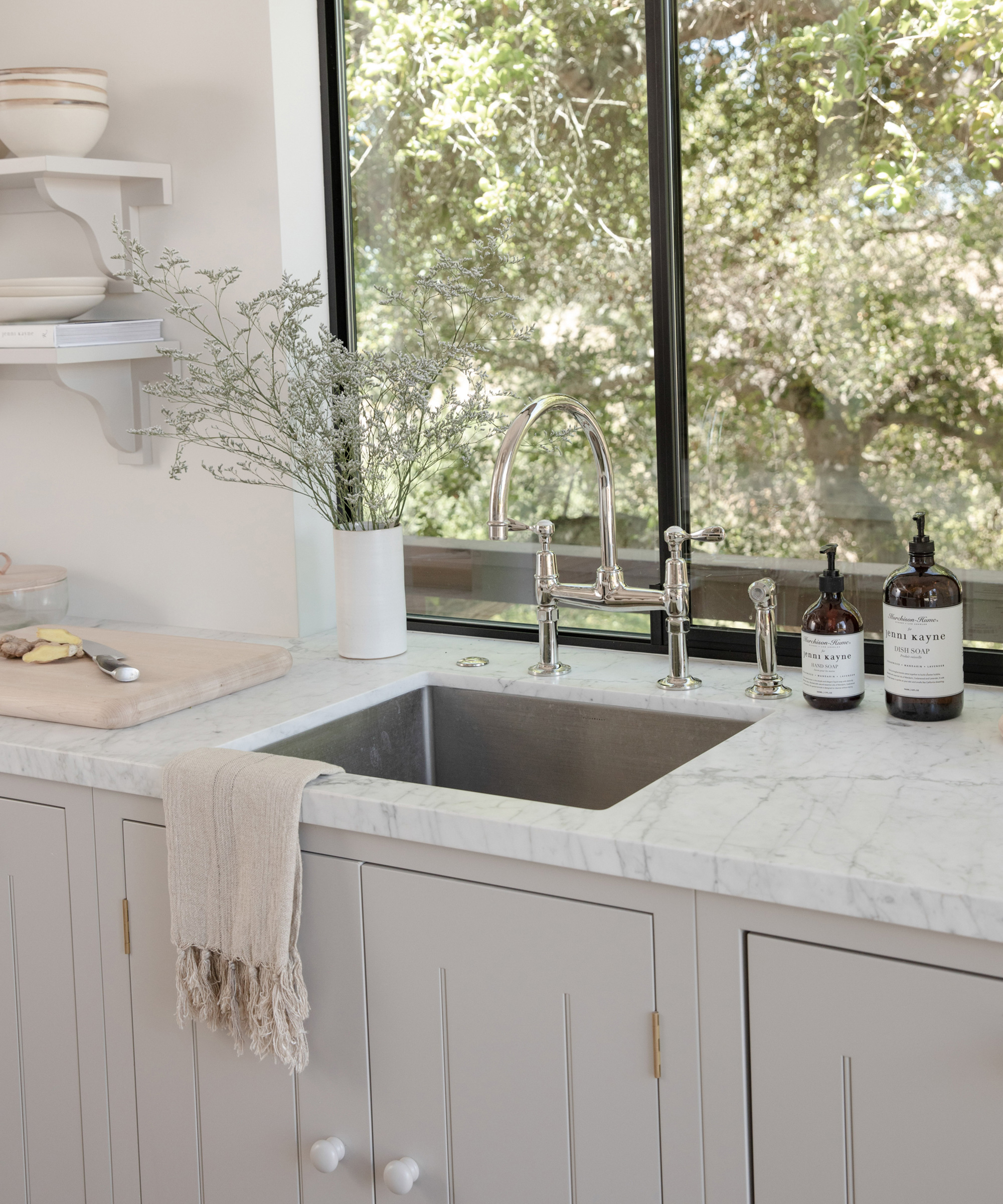
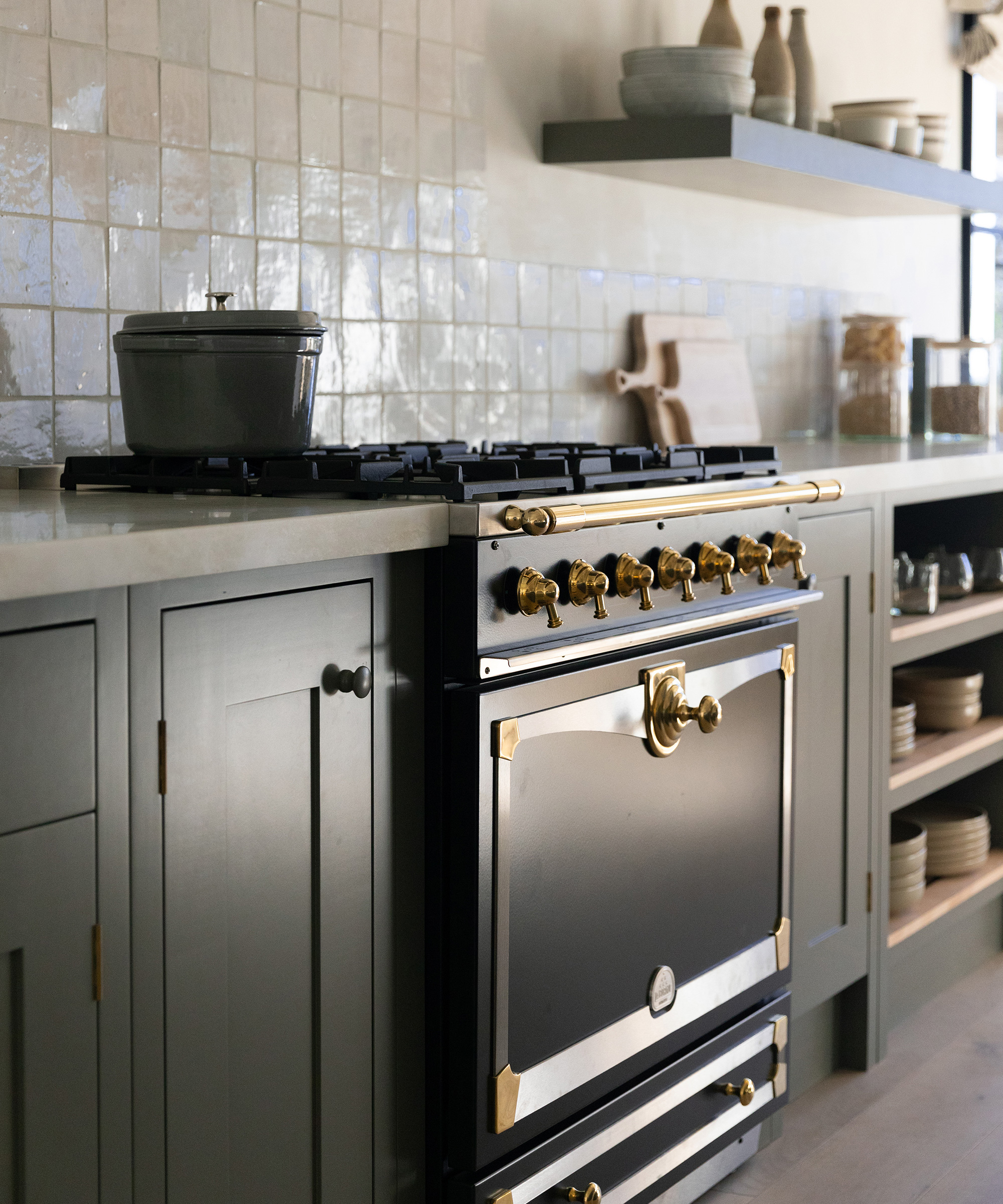
Rip & Tan: When fitting a space for cabinetry, what are some of the first things you consider? Does your process change much from room to room?
Imogen Pritchard: Spatial planning and the existing or planned features of a room are always a starting point for us. In any space, functionality and suitability are the key points. The way you move around a space has a big impact on how you feel in it and how you use the space too.
Considerations change from room to room depending on the use of the room but most importantly—the architecture should breathe and our designs are sensitive to this. Our plan for the Ranch very much followed this approach.
Rip & Tan: What advice do you have for someone looking to update their storage options without undergoing a full renovation?
Imogen Pritchard: We find people often overestimate the storage they think they will need. They want lots of it, versus the correct amount of the right kind of storage. We all know kitchens with shelves full of Tupperware and yet, you can never find the piece you need. It’s a lot of storage that doesn’t work.
Our co-founders are very keen sailors and therefore many of our storage and internal details take inspiration from classic yachts. On these boats, space was limited so everything needed to be stored smartly with easy access.
Rip & Tan: Do you have any tips for maximizing storage or utility space in homes or spaces with smaller footprints?
Imogen Pritchard: Drawers are much more useful than cupboards when space is tight. You can be crawling around looking for something at the back of a cupboard but with a drawer you can pull it out towards you and see everything at once.
Rip & Tan: What are some of the cabinetry must-haves for a truly functional space?
Imogen Pritchard: As a design studio working with individual clients, interior designers, architects, and contractors, we prefer this question to be answered in the reverse. What are the most important, must-haves from a lifestyle POV?
Do you like to make breakfast and close the door afterward? Do you dislike rummaging in deep shelves? Do you like to lift a tray out and set the table, with linens and cutlery all ready to go? Once we know that, we can work on the general design layout and external details and then dig into the myriad internal details we like to call our ‘treats’.
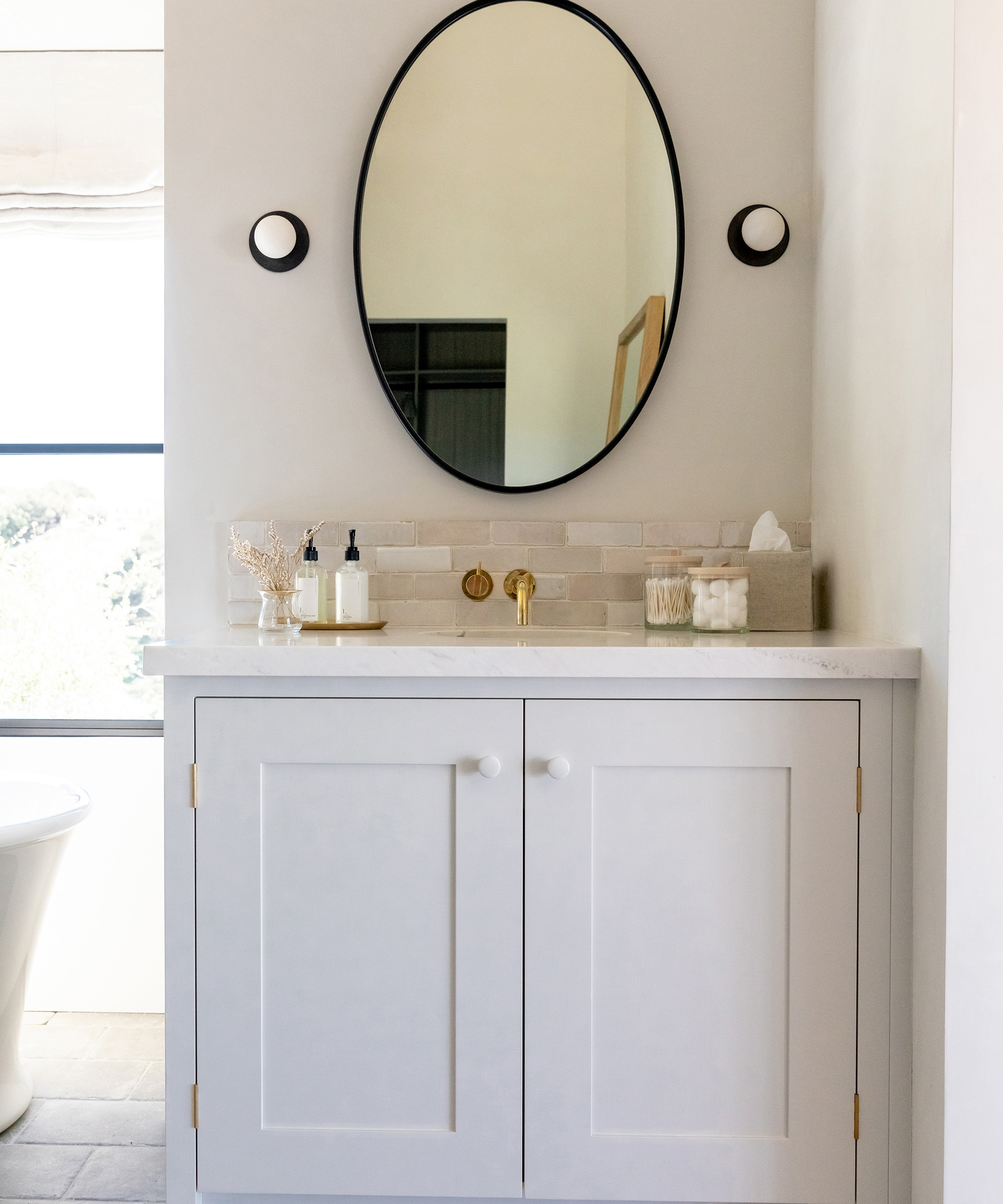
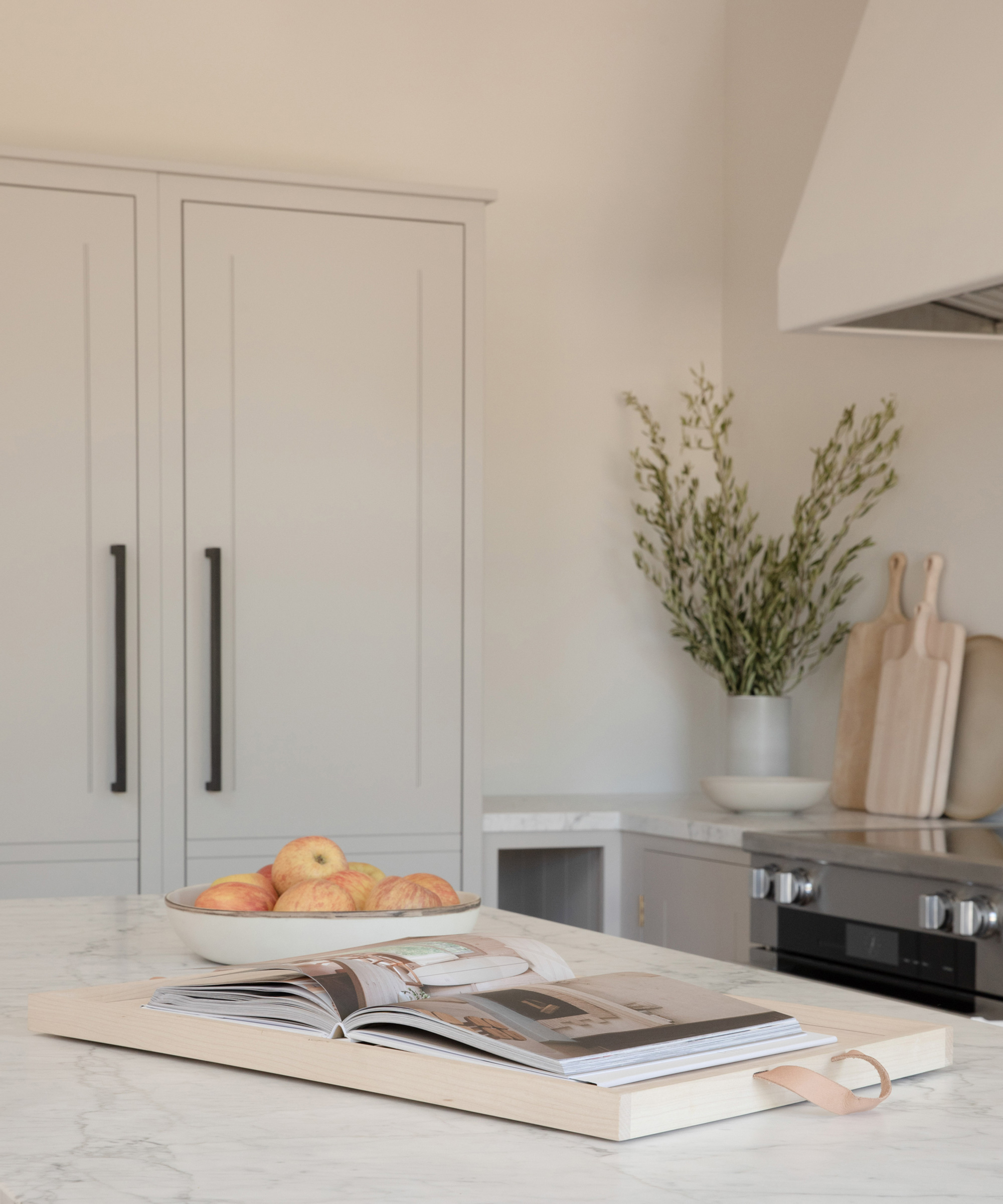
Rip & Tan: Are there any common mistakes you see people making in the utilitarian rooms of their home? Can they be remedied easily?
Imogen Pritchard: One thing we see that happens a lot is a sort of more is better approach. A narrow room, filled floor to ceiling and wall to wall with cupboards is going to make the space feel smaller and as if the walls are tilting in.
We take a lot of time to design excellent storage for utility rooms and we have many ways to accomplish stowing everything, but letting the room breathe too.
Rip & Tan: Whether with experimental hues or unexpected hardware, what are some of your favorite ways to add individual personality to an installation?
Imogen Pritchard: Plain English is about hand-painted cupboards, so adding color to a project is a core element of our work! Even if you pick a neutral, or a pale, pale shade, it is exciting to see it come to life, with brushstrokes adding personality and depth to the design.
Rip & Tan: How do the cabinets and cupboards of our homes affect our ability to live well?
Imogen Pritchard: A Plain English design is often notable for what is left out—we prefer to let the architecture breathe, as we did at the Ranch.
Our work is always about a very functional and optimized space that calms and has an inherent feeling of comfort and suitability as we believe, and have for almost 30 years, that good design is integral to living well.
Shop the Story
Photos by Angi Welsch and Amanda Sanford